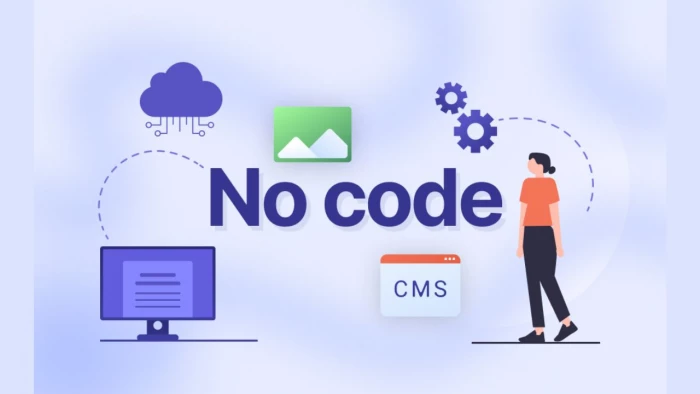

In the last few years, the digital world has changed dramatically. One of the biggest shifts has been the rise of no-code platforms, tools that let anyone build websites, apps, and digital content without needing to write a single line of code. What once required technical expertise and months of development can now be achieved with simple drag-and-drop features and pre-designed templates.
No-code platforms are software solutions that remove the complexity of coding, allowing users to create digital products through visual interfaces. These platforms often come with integrations, customizable elements, and automation features, enabling creators to focus on ideas and design instead of syntax and coding logic.
Examples include:
For businesses, no-code platforms make it easier to scale marketing campaigns, publish content faster, and respond to customer needs. For individual creators, they open doors to side projects, personal branding, and freelancing opportunities. A designer can now also build a website, and a marketer can set up automated workflows without relying on IT support.
Despite the advantages, no-code platforms come with limitations. Complex, enterprise-level projects may still require custom coding. There can also be restrictions in customization, security concerns, and platform dependency. However, for most small to medium needs, no-code solutions are powerful enough to deliver results.
Here’s a quick look at some of the most effective no-code tools today:
| Platform | Best For | Unique Advantage | Limitation |
|---|---|---|---|
| Webflow | Website creation | Professional-grade design freedom | Steeper learning curve than basic builders |
| Bubble | Web apps | Strong database + workflow automation | Limited scalability for complex apps |
| Airtable | Content & data management | Combines spreadsheet + database functions | Advanced features can feel overwhelming |
| Canva | Design & visuals | Easy-to-use templates for non-designers | Limited for highly custom designs |
| Notion | Content & team collaboration | Flexible workspace for docs, tasks, and content | Can get cluttered without structure |
These platforms are not just cost-saving; they speed up content creation while giving individuals and businesses the ability to launch projects independently.
The future of no-code is not just about building faster; it’s about creating smarter. Trends shaping the space include:
No-code is more than a productivity hack; it’s a movement toward democratizing technology. Whether you’re a freelancer building a personal brand or a company testing a new product, these platforms unlock the ability to create, test, and grow with speed and confidence.
Be the first to post comment!